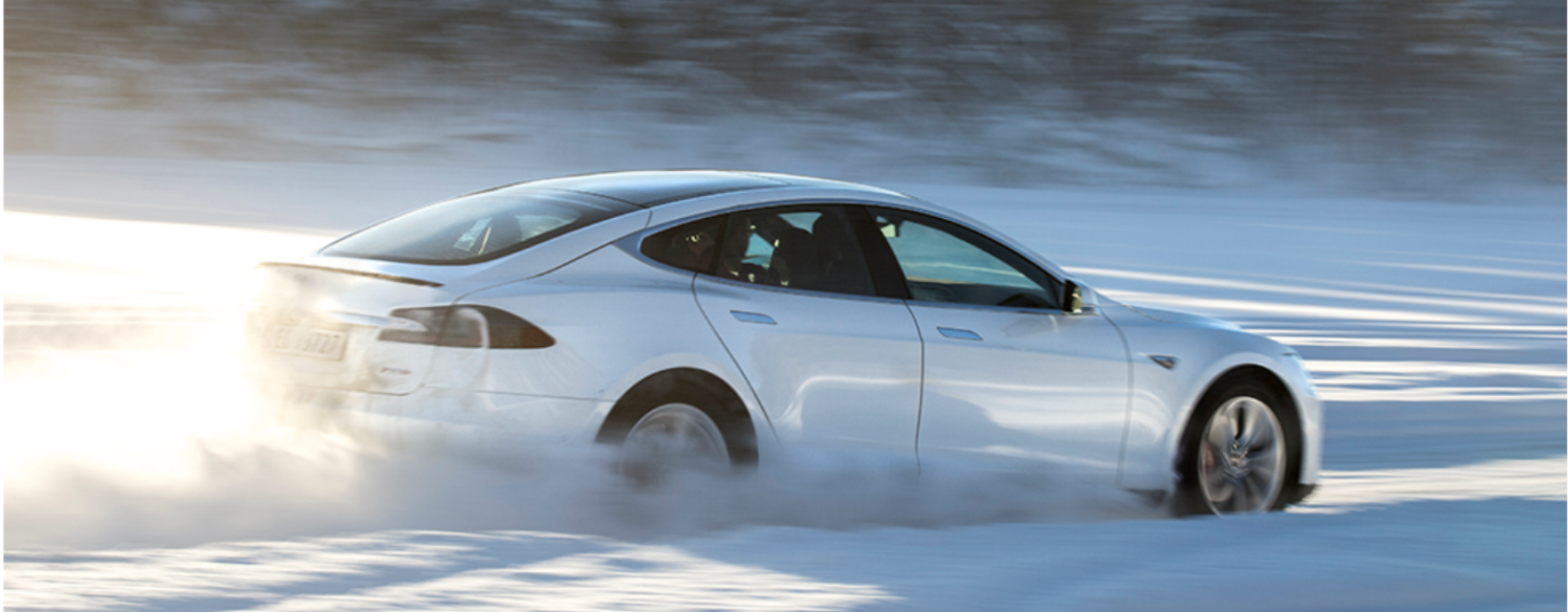Tesla as a razor and blades model
Going into earnings, investors were even more focused on profitability than in a typical quarter. The reason is the central profitability metric, auto gross margins ex credits, came in below expectations for the December quarter (24.3% vs. the Street at 26.8% ) which led to investors bracing for March results. Those results were a slight disappointment, coming in at 19% compared to Street expectations of 20%. Disappointing the key metric two quarters in a row needed explanation, and Elon provided it on the earnings call.
CFO Zach Kirkhorn declined to give an auto gross margin target for the June quarter, a change from what he offered last quarter because there are factors outside the company’s control when it comes to margins, notably interest rate impact on demand and materials costs.
Musk stepped in with additional context adding, “Tesla is in a uniquely strong strategic position. Because we’re the only ones making cars that technically, we could sell for 0 profit for now and then yield actually tremendous economics in the future through autonomy, no one else can do that. I’m not sure how many people will appreciate the profundity of what I’ve just said, but it is extremely significant.”
The idea is to sell the hardware (mostly cars) at no profit, so they can sell the software (FSD) at such a high margin that it increases a car’s overall profitability. This approach is dependent on the availability of FSD which Musk still believes will be out by the end of the year. Given the track record on the topic and regulatory concerns about wide FSD deployments, I see it more likely becoming available in three to five years’ time. Regardless of the timing of the FSD release, the new model will get instant creditability from investors as soon as it goes live.
